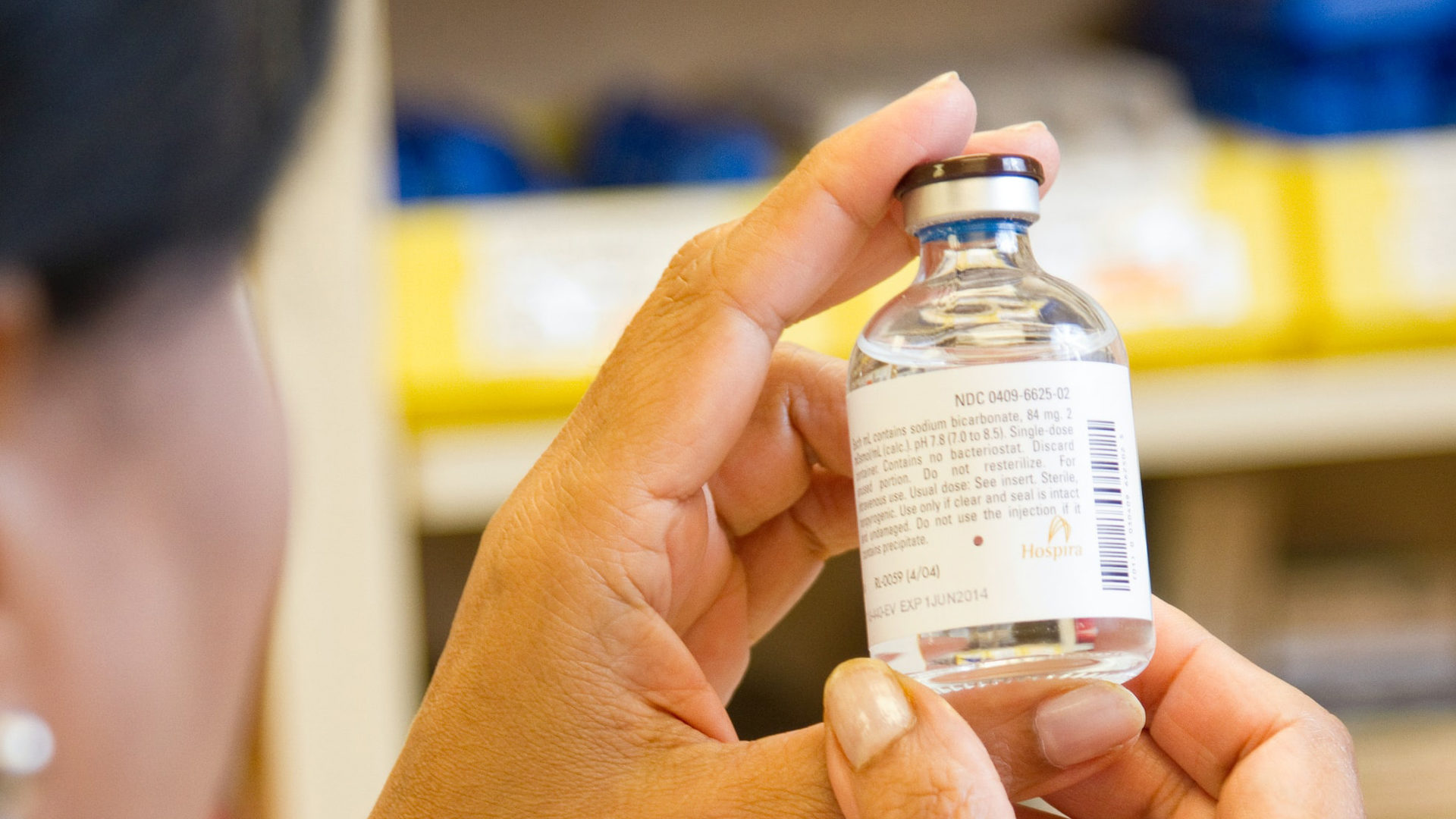Retail Scanner
Blockchain and counterfeit goods
November 2020
Blockchain is still a buzzword but how can it help in the business of combatting the problem of counterfeit goods?
Firstly, what is Blockchain?
Blockchain has been around as concept for over ten years and it evolved as a mechanism to handle Bitcoin transactions.
So, is Blockchain:
A: technology created by Satoshi Nakamoto for trading crypto currency, or
B: technology that allows digital information to be recorded, distributed but not then edited, or
C: a series of digital “blocks” of information strung together?
In fact, A-B-C, it’s all of the above.
Blockchain is often referred to as “a distributed, decentralized, public ledger” and you can also add to the description that it is “controlled by smart contracts, regulated by consensus protocol”.
BUT it might be clearer to say that in a nutshell, blockchain is a logbook…. it can be likened to a tech version of a dusty old ledger book from Dickensian times and once a data entry is inscribed in the ledger, it is time and date stamped with details of who (pseudonymously) made the transaction and about what and that entry cannot be amended or removed. In the process of adding subsequent transaction information to the ledger, the transaction information is confirmed, and no entry can be removed without vast computational resources. It is a digital logbook. Also as this is a distributed ledger, it can be viewed and verified simultaneously around the world by those with access rights without the need for duplicate ledgers. Accessible by many. Alterable by no one.
This technology, initially used for Bitcoin transactions has developed as it has numerous uses. The blockchain system is thought to be tamperproof as altering one “block” of information could only be achieved by simultaneously altering all subsequent blocks in the chain.
Anti-Counterfeiting Applications
Consumers of retail goods and particularly high value items, want to be reassured that the money they are spending and the goods they are purchasing are genuine and that the consumer is not being misled as to the origin or quality of the goods as presented to them.
Existing measures to verify that an item is genuine include QR codes, integrating specialist and difficult to copy design features as well as NFC (near field communication) chips but these security measures can be circumvented.
Blockchain technology with its permanent “paper” trail of transactions along the lifeline of a product can help with creating a transparent supply chain and verification of the authenticity of a product or its components. Blockchain can also help verify other features of a product such as whether it has reached market in an environmentally sustainable or ethical way. The virtual ledger can provide a clear story of the route to market.
Case Studies
LVMH, the parent company with brands including Louis Vuitton, Christian Dior and Givenchy has employed a global blockchain to provide a route for customers to verify the origin and authenticity of their luxury products with access to the history and proof of genuine status of the luxury goods. Their platform, named Aura, has been developed in conjunction with Microsoft and ConsenSys and it is stated that the platform will provide transparency for consumers “Every step of the item’s lifecycle is registered, enabling a new and transparent storytelling,” the group is reported to have stated.
The technology has also been adopted in the precious gems industry. Everledger is a system with blockchain verification set up for use in the diamond industry. In that industry, ethical sourcing and mining of gemstones and authenticity of a gem is the key concern. With AI and blockchain technology, a digital DNA of each gem is created. On the blockchain, this data builds up a story of the chronology of each diamond’s ownership, customized with so-called integrity markers based on 40 data points (based on the 4 C’s of Cut, Colour, Clarity and Carat).
Nike has acquired a US patent for its “Cryptokicks” invention, whereby a pair of Nike shoes has a unique digital ID which is then linked to a blockchain identity of the shoes enabling tracking of ownership and legitimacy of the shoes. Data on each owner of the shoes is stored and the digital version of the merchandise can be stored in Nike’s online “shoe locker” and even used for virtual game characters. This creates demand and traceability in a market where Nike are reported to lose up to 10% of revenue to counterfeit goods and where the sports shoe resale market is growing rapidly.
Secure and sustainable
Blockchain offers solutions to many of the problems in combatting counterfeits.
However blockchain technology itself is resource heavy – processing the data and calculations takes huge amounts of computing processing capacity and so it is an energy- “hungry” mechanism. So, it may not be a suitable device for all types of goods or businesses, and use of the technology has its own impact on the carbon footprint of the supply chain.
Is the Blockchain system “uncheatable”? It is said that “hacking a blockchain is close to impossible” because each computer on a blockchain network holds its own copy of the same chain of “blocks”. This makes it very difficult to manipulate any of the blocks as a hacker would need to not only alter the block in question, but also solve computational problems to add all subsequent genuine blocks of the chain in a race against the combined computational power of all of the blockchain’s genuine users. To hack a blockchain would require an inordinate amount of computing processing power and control of over 50% of the network. This is thought to make the system immutable.
Hacking is not the only threat however as the quality of the data in the blocks in the chain as recorded in the ledger are only as good as the veracity of the data input in the block. Users must be aware of the possibility of “rubbish in, rubbish out”. The integrity of the systems must be trusted for the blockchain to work.
This article was prepared by HGF Trade Mark Director Lucy Pope and Senior Patent Attorney Richard Tatham.































